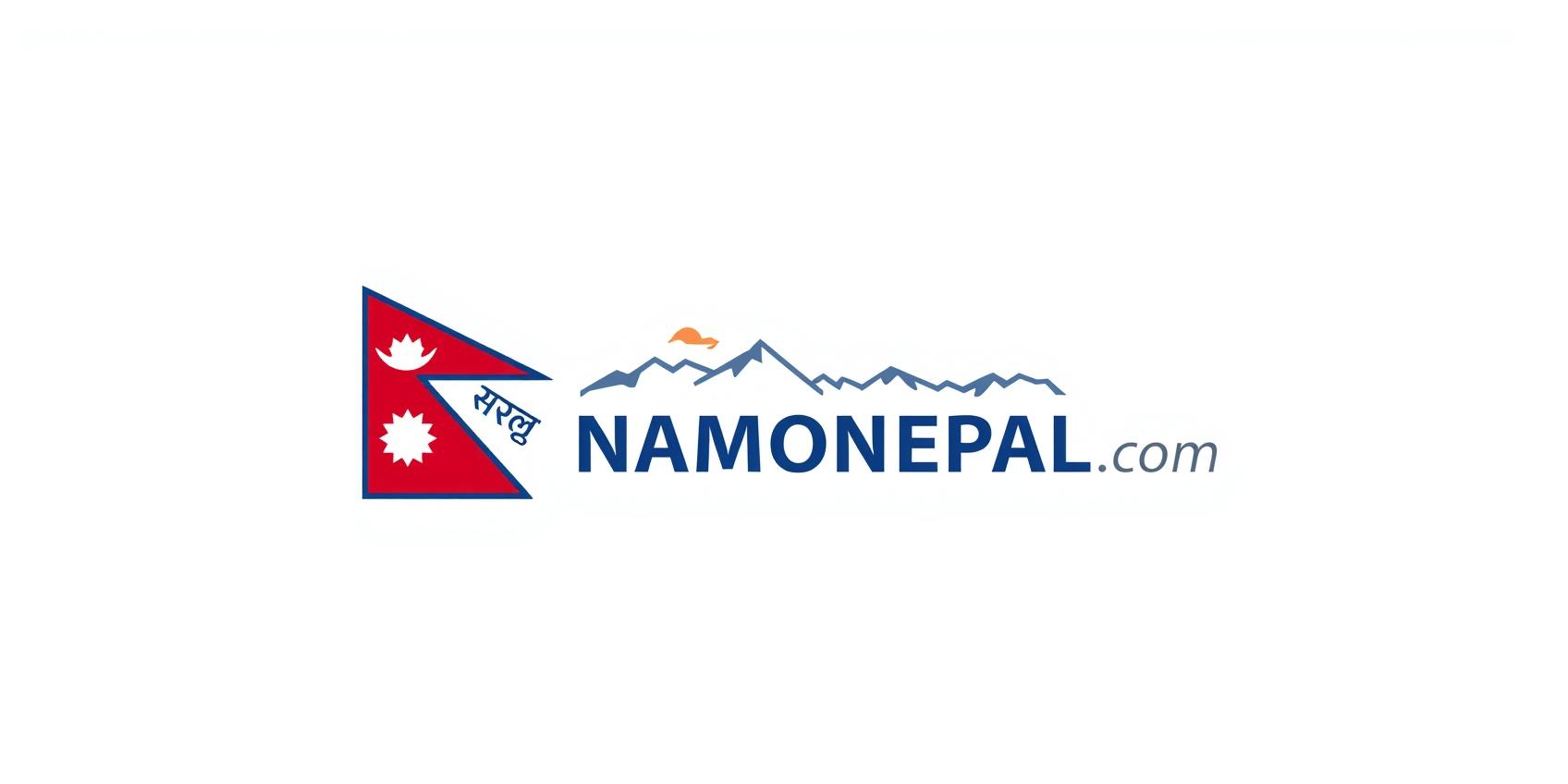Kanchenjunga Base Camp Trek
Journey to the World's Third-Highest Peak
A remote and challenging expedition offering solitude, pristine landscapes, and rich cultural encounters in Eastern Nepal.
Plan Your ExpeditionKanchenjunga Trek – Key Highlights
Kanchenjunga (8,586 m)
Trek to the base camp of the world's 3rd highest peak.
Pristine Wilderness
One of Nepal's most remote and least-crowded trekking regions.
Rich Cultural Trails
Experience the authentic culture of Limbu, Sherpa, and Rai communities.
Diverse Ecosystem
Trek through rhododendron forests, alpine meadows, and glacial landscapes.
Kanchenjunga Conservation Area
A journey through the protected ecosystem of Eastern Nepal.
High-Altitude Challenge
A rewarding trek suited for experienced and physically fit adventurers (18–22 days).
Trek Route: Journey to Kanchenjunga Base Camp
The trek begins from Taplejung, accessible by flight from Biratnagar or Kathmandu. The trail follows the Tamor River, passing through charming villages like Lelep, Amjilosa, and Yamphudin, eventually reaching Sinelapche and Kanchenjunga Base Camp. The return journey typically follows a slightly different route, allowing trekkers to experience additional valleys and cultural sites. The trek usually takes 18–22 days, covering diverse terrains from subtropical forests to high-altitude alpine regions, providing both physical challenge and visual reward.

Nature, Peaks & Himalayan Beauty
The trek features a spectacular variety of landscapes — from dense rhododendron forests, terraced fields, and waterfalls to high glacial valleys, alpine meadows, and snow-capped peaks. Key highlights include Kanchenjunga South, Kanchenjunga Main, Pandim, Jannu, and Kumbhakarna peaks, offering awe-inspiring panoramas. Spring brings blooming rhododendrons, while autumn provides crisp, clear skies and ideal visibility for photography. The trail passes glacial moraines, rivers, and yak pastures, making it one of Nepal’s most pristine and picturesque trekking regions.

Culture & Local Life
The Kanchenjunga region is home to Limbu, Sherpa, and Rai communities, each with unique traditions, architecture, and festivals. Trekkers encounter traditional wooden homes, monasteries, prayer flags, and mani walls throughout the trail. Villagers warmly welcome trekkers with home-cooked meals, butter tea, and yak cheese, offering insight into Himalayan lifestyles. Festivals like Chasok Tangnam showcase Limbu rituals, dancing, and singing, adding a vibrant cultural layer to the trekking experience. This trek is a journey into the authentic, untouched Himalayan culture.

Food & Accommodation
Along the Kanchenjunga trail, trekkers stay in basic teahouses and lodges, providing simple rooms, warm meals, and a cozy retreat after long days of trekking. Meals include dal bhat, momos, noodles, and local specialties like yak cheese. Facilities become more rustic at higher elevations, but the spectacular surroundings and warm hospitality compensate for the simplicity. Evenings around wood stoves create opportunities to share stories with locals and fellow trekkers, enriching the cultural experience.
Best Time to Trek Kanchenjunga Base Camp
The ideal trekking seasons are autumn (September–November) and spring (March–May). Autumn offers stable weather, clear skies, and perfect mountain views. Spring brings blooming rhododendrons and comfortable temperatures. Winter (December–February) is cold and snowy, while monsoon (June–August) brings heavy rain and slippery trails, which can make trekking challenging. For the clearest views of Kanchenjunga and surrounding peaks, October–November is highly recommended.
Permits & Trekking Essentials
Trekkers require:
- Kanchenjunga Conservation Area Permit (KCAP)
- Restricted Area Permit (RAP)
- TIMS Card (Trekkers Information Management System)

Frequently Asked Questions
1. How long is the Kanchenjunga Base Camp Trek?
It generally takes 18–22 days, depending on pace, route, and acclimatization.
2. How difficult is the trek?
It is challenging, suitable for experienced trekkers with good fitness due to long walking days, high-altitude passes, and remote terrain.
3. What is the highest point of the trek?
Kanchenjunga Base Camp (5,143 m) is the trek’s highest point, offering spectacular Himalayan panoramas.
4. Can this trek be done independently?
While possible, hiring a licensed guide and porter is highly recommended due to remote trails and high-altitude risks.
5. What kind of accommodation is available?
Teahouses and lodges provide simple rooms, meals, and communal areas, with rustic facilities at higher elevations.
6. When is the best time to do this trek?
Autumn (September–November) and spring (March–May) are the most suitable seasons for stable weather, clear skies, and mountain views.
Ready for a Remote Himalayan Expedition?
Plan your Kanchenjunga adventure with Namo Nepal today — and experience one of Nepal’s most pristine, challenging, and breathtaking trekking journeys.
Book Your Kanchenjunga Trek